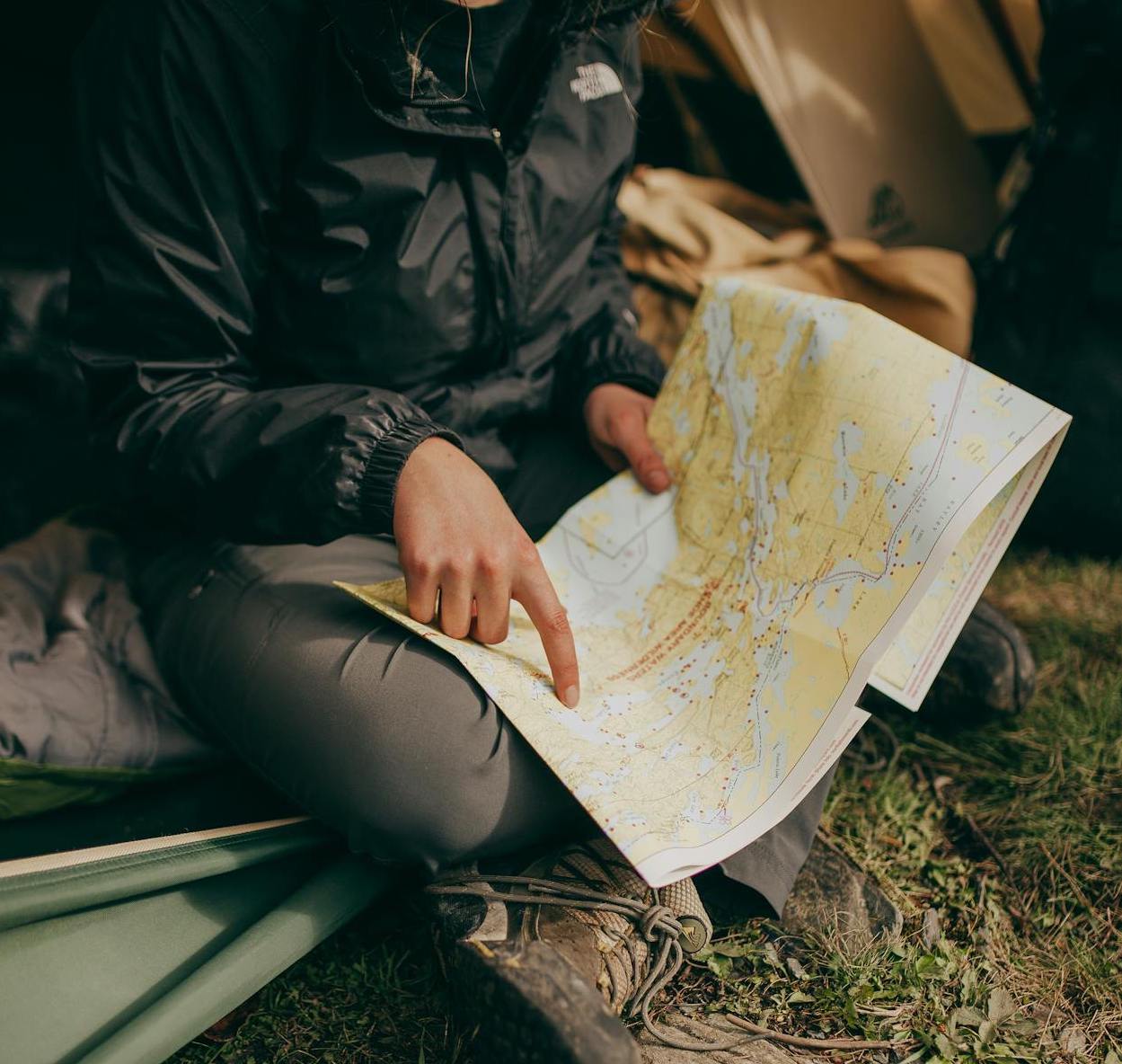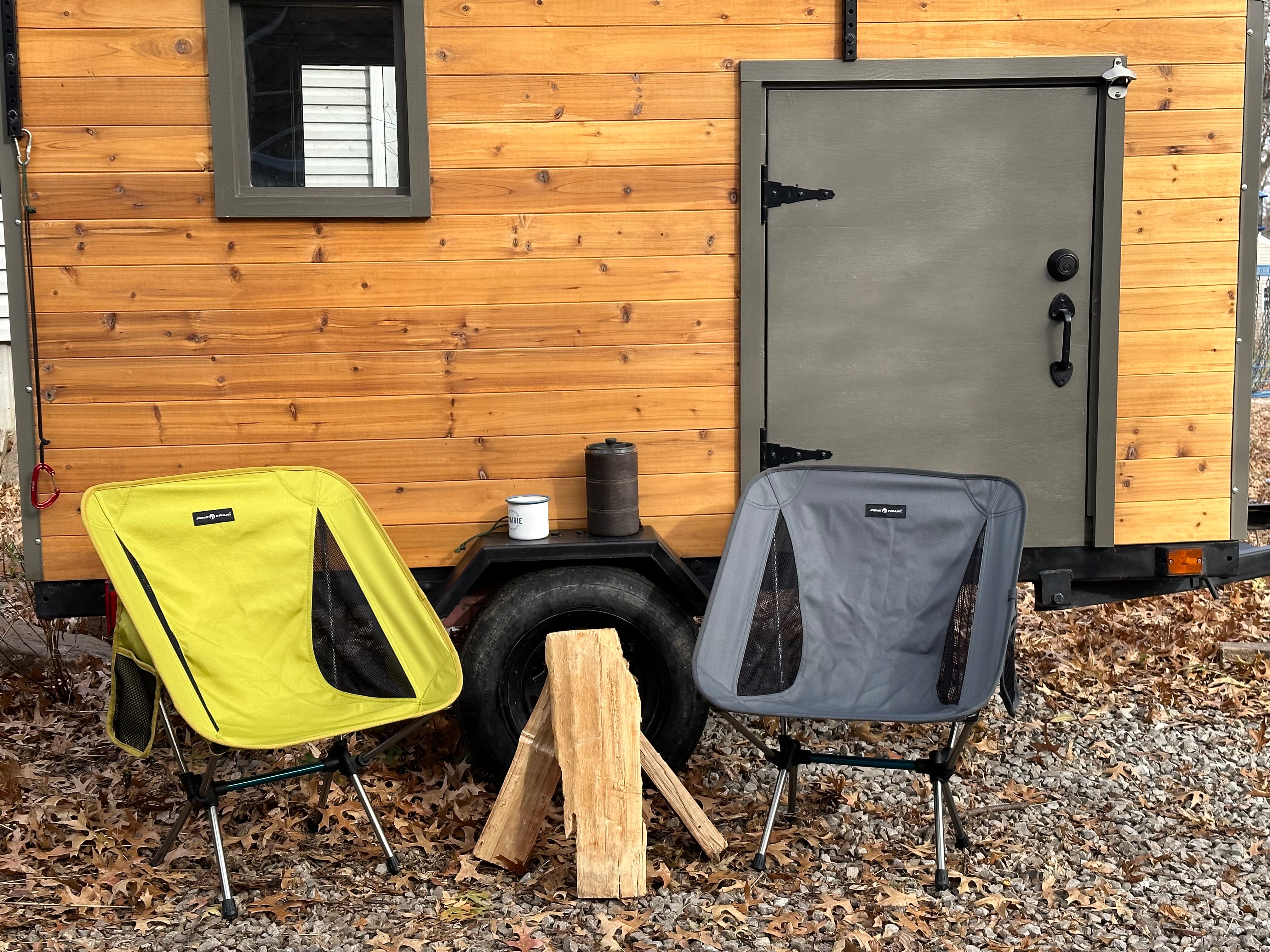Photo by Josh Hild: https://www.pexels.com/photo/photo-of-woman-sitting-while-pointing-on-world-map-2422483/
Backpacking is the ultimate way to immerse yourself in nature, challenge your limits, and escape the hustle of daily life. But to ensure a successful adventure, thorough planning is key. Here's a step-by-step guide to help you plan, pack, and execute your next multi-day backpacking trip.
1. Choose Your Destination
- Research Trails: Consider your fitness level, experience, and the time you have available. Websites like AllTrails, National Park Service, and local hiking forums can help you find a trail that suits your needs.
- Check Permits and Regulations: Some popular trails require permits, which can sell out quickly. Look into this well in advance.
- Consider the Season: The time of year will greatly affect your experience. High summer might bring swarms of mosquitoes and intense heat, while spring can offer lush landscapes and blooming wildflowers.
2. Plan Your Route
- Map It Out: Use topographic maps or GPS tools to chart your course. Note water sources, campsites, and emergency exits.
- Plan Your Daily Mileage: Be realistic about how much ground you can cover each day, especially when carrying a full pack. 10-15 miles per day is a common range for experienced backpackers.
- Prepare for Elevation Changes: Steep ascents and descents can be more taxing than flat terrain. Factor this into your daily plans.
3. Check the Weather
- Monitor Forecasts: Keep an eye on the weather leading up to your trip. Sudden changes can affect trail conditions and your safety.
- Prepare for the Unexpected: Even if the forecast is clear, pack for unexpected weather, especially in mountainous regions where conditions can shift rapidly.
4. Build a Gear List
- Shelter: Choose between a tent, hammock, or bivy sack based on the environment. Don’t forget a ground pad for insulation or a waterproof pocket blanket.
- Sleeping Bag and Insulation: Select a sleeping bag rated for the coldest temperature you expect. Consider a lightweight down option for compressibility or a sleeping bag liner.
- Clothing: Pack in layers. Bring moisture-wicking base layers, an insulating layer like fleece or down, and a waterproof shell.
- Cooking Equipment: A lightweight stove, fuel, and a pot are essential. Don't forget a lighter or waterproof matches.
- Water Filtration: Carry a filter, purification tablets, or a UV purifier. Plan to collect water from reliable sources along your route.
- Food: Choose calorie-dense, lightweight foods like dehydrated meals, nuts, and energy bars. Pack enough for each day, plus an extra day’s worth in case of emergency.
- Navigation Tools: Bring a map, compass, and GPS. Don’t rely solely on your phone, as batteries can die or signals may be weak.
- First Aid Kit: Include essentials like bandages, antiseptic wipes, pain relievers, and any personal medications.
- Miscellaneous: Headlamp with extra batteries, multi-tool, insect repellent, sunscreen, trekking poles, and a small repair kit for gear.
5. Pack Smart
- Distribute Weight: Keep heavy items like food and water close to your back, centered between your shoulders. Lighter items can go in outer pockets or at the top of your pack.
- Keep Essentials Accessible: Items you’ll need frequently, like snacks, water, map, and first aid kit, should be easy to access.
- Test Your Pack: Load everything up and go for a short hike. This will help you identify any adjustments needed before your trip.
6. Prepare Physically
- Train with Your Pack: If you’re new to backpacking or the trip is especially challenging, practice by hiking with a fully loaded pack. Gradually increase the distance and difficulty of your training hikes.
- Strengthen Your Legs and Core: Exercises like squats, lunges, and planks will help you handle the physical demands of the trail.
- Break in Your Gear: Make sure your boots and any new gear are well broken-in before you hit the trail.
7. Leave a Trip Plan with Someone You Trust
- Share Your Route: Include details like your planned campsites, estimated daily mileage, and expected return date.
- Set a Check-In Schedule: Arrange to check in at designated points if you have cell service. If not, let your contact know when they should be concerned if they don’t hear from you.
8. Execute Your Plan
- Start Early: Get on the trail early each day to avoid hiking during the hottest part of the day and to give yourself plenty of time to reach your next campsite.
- Stay Hydrated and Fueled: Drink water regularly and snack throughout the day to maintain your energy levels.
- Follow Leave No Trace Principles: Respect the environment by packing out all trash, staying on designated trails, and minimizing your impact on the land.
9. Adapt as Needed
- Be Flexible: Weather, trail conditions, or unexpected events may require you to alter your plans. Don’t hesitate to adjust your route, mileage, or schedule if needed.
- Stay Calm in Emergencies: If you encounter an emergency, stay calm, assess the situation, and use your training and resources to address it.
10. Enjoy the Journey
- Take It All In: While reaching your destination is satisfying, the true joy of backpacking comes from the journey itself. Pause to enjoy the views, wildlife, and the sense of accomplishment that comes with each step.
Conclusion
Planning a multi-day backpacking trip requires attention to detail, preparation, and adaptability. By following these steps, you’ll be well-equipped to enjoy a safe and memorable adventure. Happy trails!






